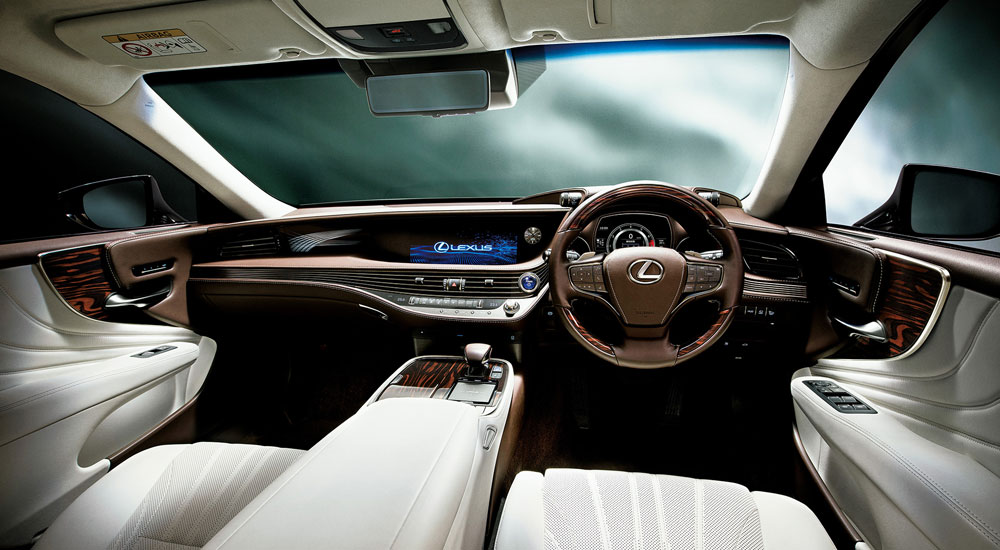Design Milk has an insightful interview with Lexus LS interior designer Junko Itou on the need to balance tradition with innovation inside the flagship sedan:
Design Milk: Is there any friction in the process of bridging tradition with the necessity of innovation?
Junko Itou: No. While I admit there is difficulty in simultaneously working between tradition and progress, I find the conflicting elements can ultimately create harmony. We believe that we are the brand who always overcomes these difficulties. It is Lexus. We believe the definition of luxury changes over time, and it is our mission to balance traditional and visionary luxury.
Design Milk: There seems to be a material narrative across every panel and surface inside your design – distinct yet coexisting harmoniously. What was the process in determining which materials to use and how to coordinate their coexistence without creating visual/tactile disharmony?
Junko Itou: We’ve been thinking how we can make things seem conflicting, yet compatible at a high level when choosing each material. Also, choosing materials in line with interior designer’s intention is paramount. To coordinate the coexistence of several materials, we began by formulating three concepts: Superior, Emotional, and Timeless.
Based on each of those themes, we selected color, material and finish as our focus. As the idea of the LS interior world became clear, we were able to coordinate the appropriate color, material and finish, even if it seemed difficult. Additionally, Takumi craftsmanship was necessary to complete it.


Comments